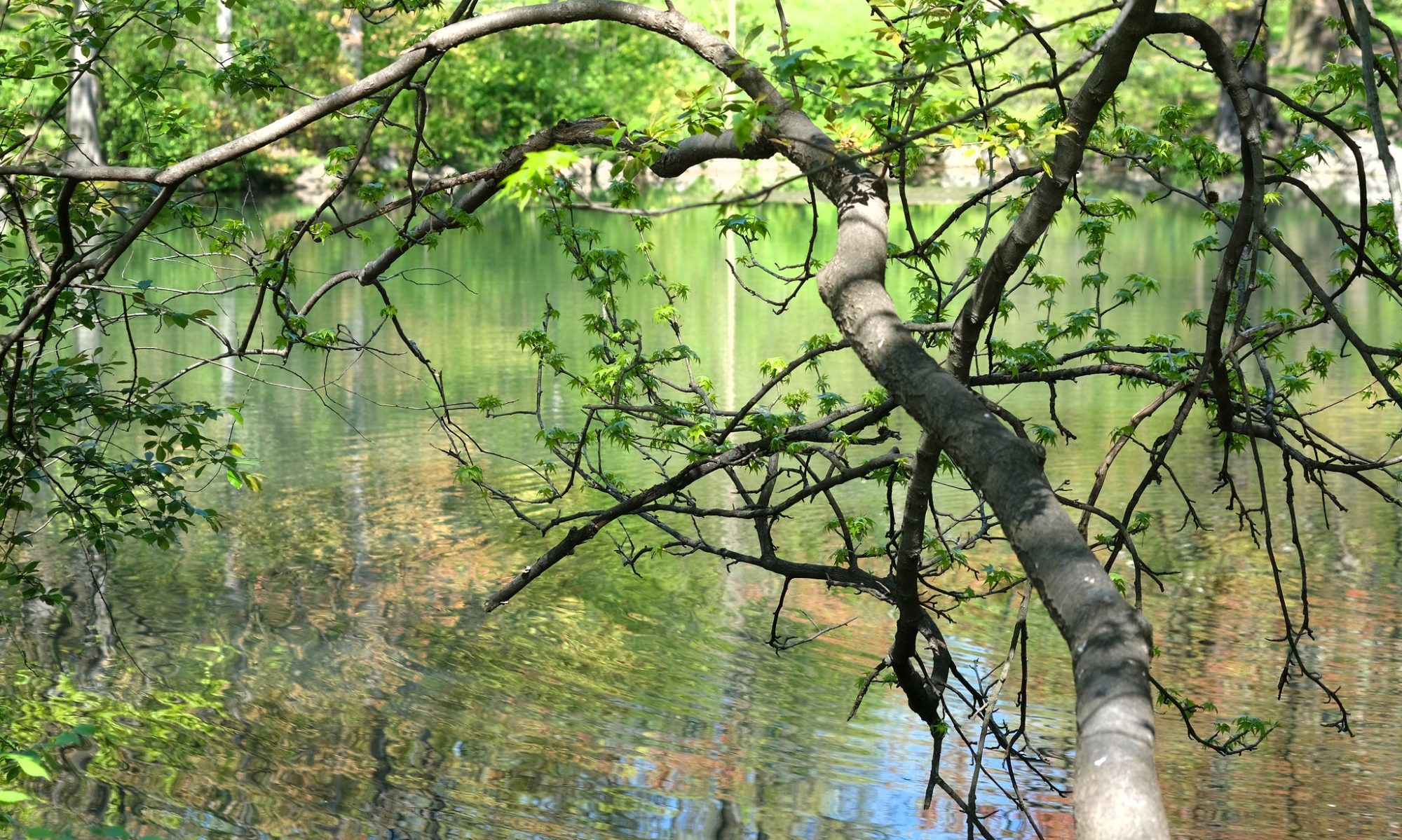7th October is Ada Lovelace Day, a day to blog about your heroines in science, technology, engineering and math.
Mahananda Dasgupta is a professor in the Department of Nuclear Physics at the Australian National University. Dasgupta’s research takes place at the heavy-ion accelerator facility and investigates quantum tunnelling when heavy nuclei collide. Her Pawsey Medal award in 2006 cites cutting-edge contributions includ[ing] precision measurements of unprecedented accuracy.
Dasgupta moved to Australia from India for a postdoctoral position in the 1990s, and eventually was appointed to a tenured position in 2003. She became the first woman to hold a tenured position in the Research School of Physical Sciences and Engineering at the ANU in its entire 50+ years of existence! (I was very surprised to find this, the School must be enormous in terms of academic staff, it comprises nine research departments.)
How do we retain that female workforce [in science]?
By strong and meaningful mentoring, which doesn’t just mean a quick meeting once a month or web-based mentoring, but real mentors who encourage women or younger people to devise strategies about how best to use their time, and what roles to apply for to advance their career.
Every person at that early stage needs support. We need to champion women scientifically – not “she’s a good person”, but “she’s an excellent physicist who’s done this great work”… Equally, the employers’ responsibility to provide childcare is very important… If we are expanding and building infrastructure – why are we not building childcare facilities?
I was educated in India where, if a student is sharp, they’re encouraged to show it through participating in discussions or taking on extra-educational activities… It does strike me that in Australia we give a lot of kudos to those who excel in sports, but if you excel in studies you are a dork, particularly among other students… Sometimes, following talks I give in schools, students come to the carpark to ask me science questions, rather than asking them in front of the class… How do we get away from that? I believe that to make real long-term progress we must respect and encourage intellectual achievements.
Mahananda Dasgupta, The Conversation: So seriously, why aren’t there more women in science?
Dasgupta is active both in advocating careers in science in general, volunteering herself as a science careers lecturer at schools, and in speaking on behalf of women in science. In 2004 she was the Woman in Physics Lecturer for the year, and in 2011 she represented the Group of Eight universities (the eight universities that consider themselves Australia’s best research universities) at a Women in Science and Engineering summit at Parliament House. Her 2011 Georgina Sweet Australian Laureate Fellowship from the Australian Research Council calls upon her to increase the profile of Women in Science through outreach activities, and work towards advancing early career researchers as well as facilitate leadership pathways for senior women researchers.
Recognition Dasgupta has received for her work includes:
- the Australian Academy of Sciences’ Pawsey Medal in 2006, for outstanding work in physics by a scientist under 40
- her election as a Fellow of the Australian Academy of Science in 2011
- an Australian Laureate Fellowship in 2011
I can’t embed them in the post for licencing reasons, but David Hine has a couple of photos of Dasgupta with her experimental equipment: Dr Mahananda Dasgupta and Dr Mahananda Dasgupta and Dr David Hinde.
References
- ANU: Mahananda Dasgupta’s home page
- WiseNet: ACT Women Honoured by the Academy
- labonline.com.au: Physicist blazes new trail for women
- Australian Research Council: Professor Mahananda Dasgupta: Recipient of 2011 Georgina Sweet Australian Laureate Fellowship
